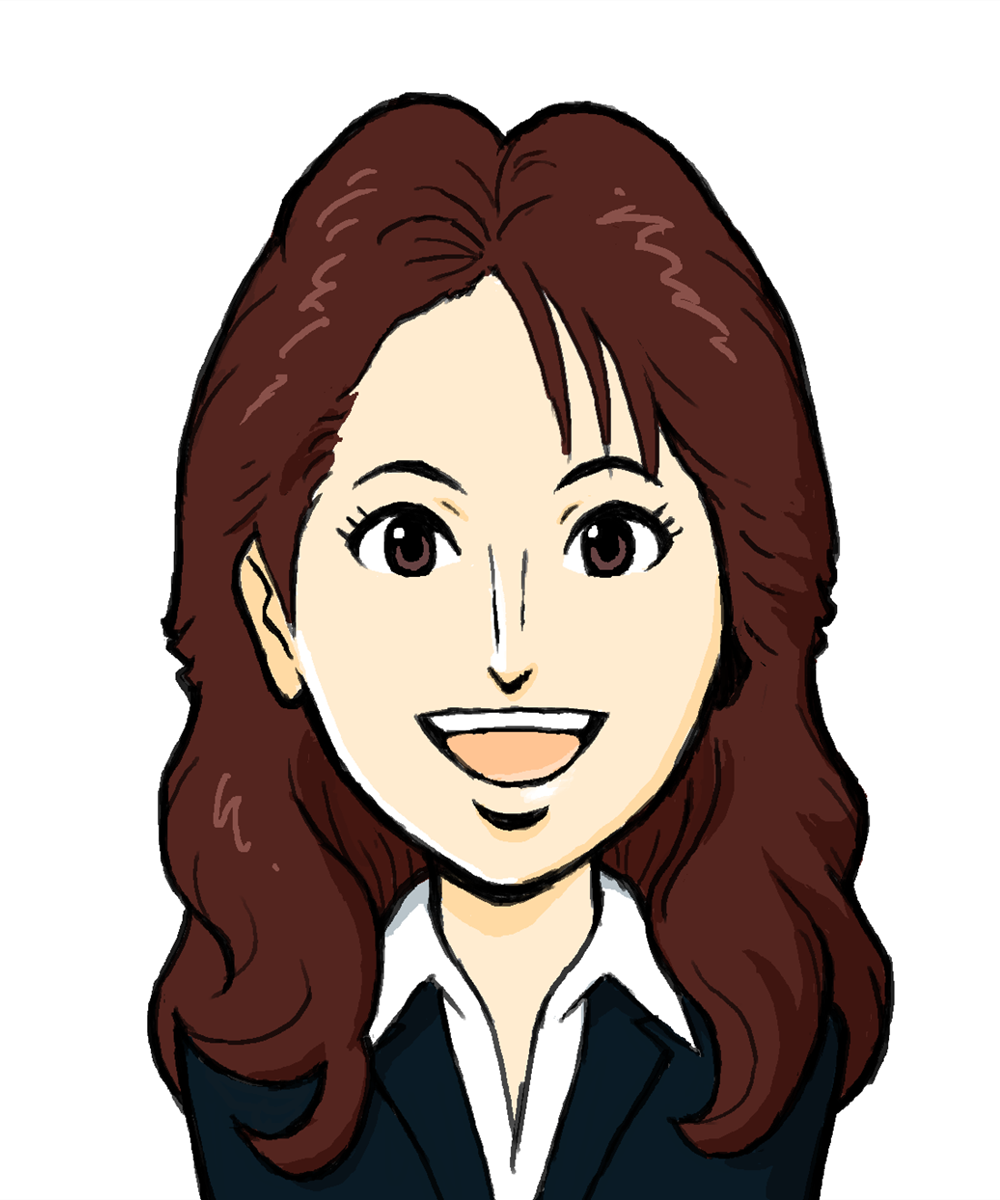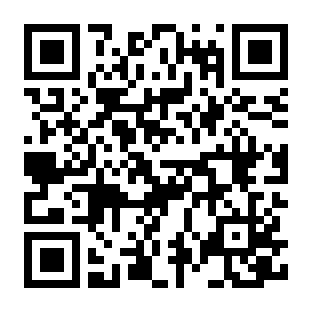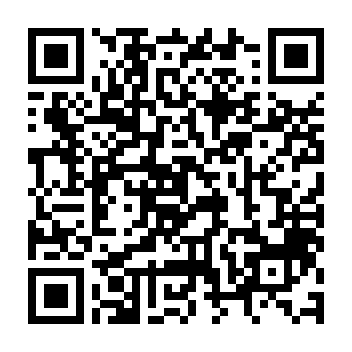Ekoin, Minami-senju, Arakawa ward
Kaitai Shinsho: Translation of the Medical Book
The perseverance that enabled the translation of a medical publication even though they only knew 700 words.

(Voice actor) Ms.Marilyn Lo

Kaitai Shinsho is a translated version of a Western medical book called, “Ontleedkundige Tafelen.” It was a major project as it was the first time that a Western medical book was translated by the Japanese. At the time, Japanese doctors learned about the structure of the human body with medical books from China. However, it was different from the medical books that came from the West. Many doctors started to wonder which was accurate. In March 1771, 3 doctors witnessed Fuwake (autopsy). They were doctors Genpaku Sugita and Jun-an Nakagawa of Wakasa-Obama domain and doctor Ryoutaku Maeno of Buzen-Nakatsu domain. They compared the body of a criminal who was executed at Kozukappara, an execution ground in Edo, and the contents of the “Chinese medical book,” and “Ontleedkundige Tafelen,” and were amazed by the accuracy of “Ontleedkundige Tafelen.” “By translating this book into Japanese, Japan’s medicine will advance significantly” Ryoutaku Maeno, Genpaku Sugita, and Jun-an Nakagawa made up their minds to translate “Ontleedkundige Tafelen.” But that was the beginning of a hellish work. Why did it become a hellish work? That is because Japan at the time had extremely limited trade with foreign countries, and almost none of Western culture and language came into Japan. Therefore, there were almost no dictionaries. Ryoutaku Maeno understood a mere 700 words of Dutch, and Genpaku Sugita and Jun-an Nakagawa didn’t understand the language at all. So, the translation was difficult. There is an anecdote about how they translated the word “verheffen,” which describes their situation at the time. At first, they didn’t know what ‘verheffen’ meant. Then, from descriptions in other books and from words they did understand, they found that there were sentences such as “by gathering the leaves in the yard they ‘verheffen’, “from a plain one will eventually get to a mountain that is ‘verheffen’.” From these phrases they understood, “by gathering leaves, they form a hill,” and surmised that ‘verheffen’ must mean “to be higher.” Going back to the description in “Ontleedkundige Tafelen,” they understood that the thing that is ‘verheffen’ is a part on the face. “Yes, the high part on the face musy be the ‘nose’” This is how they proceeded with the translation, and how hard it was to translate a medical book without dictionaries. Though they went through difficult times, they finished the translation in 1774 thanks to the efforts of Ryoutaku Maeno, Genpaku Sugita, and Jun-an Nakagawa. They named the translated book “Kaitai Shinsho” and were ready to publish. However, the ultimate test was still waiting. Ryoutaku Maeno opposed the publication of “Kaitai Shinsho” after all the effort, and he clashed with Genpaku Sugita on this matter. Why did Ryoutaku Maeno oppose the publication of “Kaitai Shinsho?” Enjoy the story about Kaitai Shinsho.
"100 hidden stories of Tokyo" Application Download
Caution
This app contains in-app purchases.
Please note that packet data fees will be charged separately.



